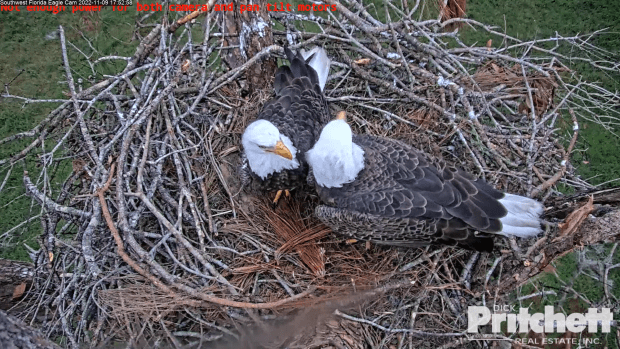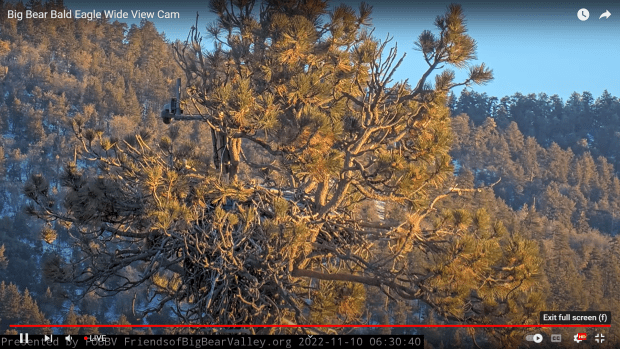8 December 2022
Good Morning Everyone!
Thank you for all your comments and mail. I am very behind in responding and I apologise but, I will before the middle of next week! Keep them coming!
Oh, it is another beautiful day in the Caribbean. Hot. There was little wind and the water was as smooth as glass. It is hard to imagine huge traffic jams and security guards everywhere, that was what happened here today. The Cuban Diplomatic delegation is here to discuss all manner of things with the new Prime Minister of Grenada. There is also a medical conference with a lot of Cuban doctors. So, we spent the day away from the main area of St George’s at the ‘family friendly marina’, Le Share Bleau. The couple that run the restaurant are excellent chefs and they are from Manitoba! The young man grew up in the area of the city where I live.
At the same time I got to check on that Great Egret that has his own private pond!

Everything is cared for here and is beautiful to the eye as well as to the soul.

Christmas decorations began going up last weekend.



There is no reason for this Great Egret to ever leave. It has an entire pond with fish to itself!


An incredibly beautiful bird.


A Coconut Tree. One of the best ice creams on the island is Coconut. The second really good one is Nutmeg.

The Tropic Mockingbirds love to eat the fruit of the palm tree.

This Tropical Mockingbird sat still long enough for me to get a good photo!

It is a gorgeous island that is trying to be good stewards. Plastic bags were outlawed awhile ago but you can still see them. Plastic drinks bottles are a problem – what do you do in an area where the water is not always good to drink and there is a growing number of tourists? Do you put up water stations and everyone has their own recyclable bottle included in their ticket price? Plastic imports carry a higher import duty than other materials that can be recycled. The upmarket shops have lovely jute bags for their customers. Many groups work on shore clean ups. They are trying – there remains a lot to do like there is everywhere.
One of the biggest pollutants does not occur in Grenada but in Brazil where the fertilisers used in the fields runs off the land and into the ocean where it mixes with the seaweed. That seaweed finds its way to the Grenadian coast and then rots giving off noxious gases.

Coming out of the COP 15 Biodiversity Conference in Montreal is the statement: “Humans are instruments of mass extinction”. There has been nearly a 70% decrease in wildlife since 1970. What will be the next Dodo bird? And why aren’t we ready to tackle this and start b being good stewards?
Here is that story:

And another one on two birds that are now thought to be added to the extinct list – the Rook and the Swift. The number of birds added to the Red List – which I was including in all my blogs before the holiday – has doubled. This is just so sad. As a world population we need to stop what we are doing and have a reckoning with ourselves on what is really important to us – what is essential. Not a want but a need.
One of the good things that the hotels in Grenada do for the birds is maintaining beautiful gardens. The fruit from the trees and the nectar from the flowers feeds multitudes of birds. The ponds – if stocked – attract the herons. Off the beach this morning were a pair of Frigatebirds. The tourists like the birds and the flowers. While I was taking photos of the hummingbirds last evening, a big crowd stopped. They had not see the little one flitting around. Everyone had a smile. Now to spread this love elsewhere!
So tomorrow is my last day here. I will not be back in the cold of the Canadian Prairies until Friday afternoon. Oh, the cold. I am not looking forward to that but, having a week away was a gift.
So, let us see what is happening in Bird World.
Just look at that face. How incredibly cute! Just know that the only time you could cuddle with this little one is when it is not feeling well or is under anaesthesia. After you look at the eyes, move down to that killer beak and well, we can’t see the talons but Victor Hurley calls falls ‘all blood beaks and bloody talons’. The fastest flying predators in the world.
Oh, if they could only market a plush toy as cute as this guy. Hi sweetie.

First up is a question from ‘O’: ‘What is happening at the Melbourne Scrape?’
Well, nothing. The Melbourne Four all fledged. One was lost early in a flying accident and had to be euthanised. The little male was recently taken into care and released with a comment that he was really healthy. The parents lay the eggs and raise the eases to fledge at the scrape box on the ledge of 367 Collins Street. They will teach them to fly and hunt prey around the CBD area. The camera is normally turned off until the following breeding year. Whether or not the parents return with the chicks to the scrape is unknown because of this.
Here is the announcement from Wildlife Victoria:

Annie and Grinnell’s 2020 fledgling, Sequoia, is making news with his meetings with a female at San Jose City Hall, BA24. There is a streaming cam and all are hoping that the pair will form a bond and raise eases. But, will they?
News on Glen, the last surviving Osprey fledgling from Tweed Valley made the news:
Sharon Dunne aka Lady Hawk gives a look at Harriet and M15’s eggs for this year and some of the daily activity at their nest in Fort Myers, Florida.
‘D’ sent me this screen capture making the rounds. This is V2, the visiting male at the NEFlorida nest, who has mated with Gabby. Yes, he does have the most gorgeous soft blue eyes. ‘Celadon eyes’. Celadon was a 9th and 10th century glaze perfected in China for use on porcelain. Celadon glazes ranged in colour but one was like water…that is like the eyes of this eagle.
Some are wondering if there is any possibility that he could be another offspring of Romeo and Juliet and thus, Samson’s full brother. Samson hatched in 2013. The tragedy at the nest occurred in 2018. So, is there a possibility? Perhaps. Like males do, Samson returned to his natal nest so, could this be a 2017 fledgling?

V2 got introduced to the problems with owls.
Jackie and Shadow are working on their nest. They were there today. The California Big Bear Valley could do not normally lay their eggs until January and as late as March.

There have been many times that Indigo has not been able to finish his prey so, like a good little falcon, Indigo stashed it in the corner as he had seen his parent’s do. Well, Diamond has been snatching that prey! So Indigo has been staying in the scrape much longer keeping an eye on his lunch.
Zoe has been diving and flying. Dad delivered his beautiful girl a nice little fish this morning.




At last some intelligence about wind farms and how they impact birds — and a compromise in Tasmania.

For all the eagle lovers, ‘N’ sent me this image…it is perfect for all of us. Smile!

Thank you so much for being with me. My next blog will come out Saturday morning so there is a break on Friday. Please take care. See you soon!
Thank you to the following for their letters, questions, photos, videos, postings, and streaming cams included in my screen captures: Friends of Big Bear Valley, Port Lincoln Ospreys, Elain and the Charles Sturt Falcon Cam and Cilla Kinross, NEFL-AEF, Sharon Dunne/Lady Hawk and SWFL-Bald Eagles and D Pritchett, San Jose City Hall, STV News, Wildlife Victoria, ABC News, The Guardian, and ‘N’, D’ and ‘O’.








































































































































































































































































